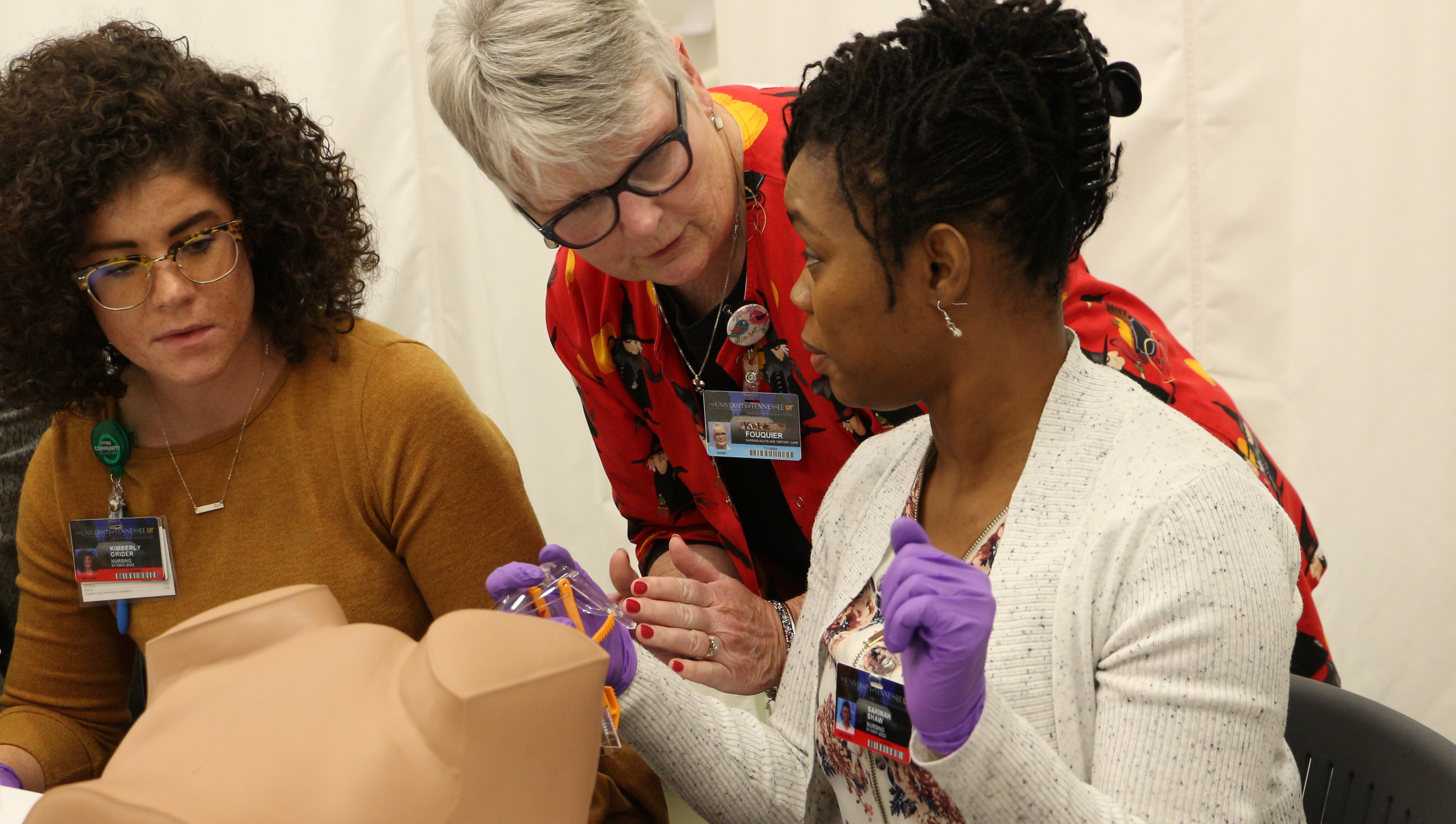DOI
10.21007/con.dnp.2025.0099
Faculty Advisor
Laura Reed, DNP, APRN, FNP-BC, CNE
Clinical Site
UTHSC Family Medicine Clinic
Document Type
Poster
Publication Date
Spring 3-27-2025
Disciplines
Diseases | Family Medicine | Family Practice Nursing | Gastroenterology | Health and Medical Administration | Investigative Techniques | Medicine and Health Sciences | Neoplasms | Nursing | Nursing Administration | Oncology | Public Health and Community Nursing | Quality Improvement
Abstract
Purpose/Background
In 2023, colorectal cancer (CRC) was the second leading cause of cancer-related deaths in the US, equating to approximately 50,000 total deaths (National Cancer Institute, 2024). Further, it is estimated that an additional 1.4 million Americans are living with CRC (National Cancer Institute, 2024). Early detection screening modalities remain imperative since the NIH has released a combined survival rate of 70% when utilized (National Cancer Institute, 2024). Different derivatives of CRC develop from pre-cancerous polyps and are often without signs or symptoms of disease progression; this asymptomatic period emphasizes the importance of early detection and prevention of colorectal cancer (Gupta, 2022). Current guidelines set by the U.S. Preventative Services Task Force (2021) recommend that all adults ages 45-75 receive CRC screening.
Methods
A 6-month chart review was performed identifying adult patients, ages 45-75 years presenting to an outpatient family medicine clinic in need of CRC screening. The charts were reviewed for gender and whether or not a CRC screening was ordered.
Results
Of the thirty patients identified, over half received an order for CRC screening. Although males made up only 20% of the total chart review population, they had a 100% rate of screenings being ordered. Females, on the other hand, comprised the remaining 80% of the chart review population; however, only had a 54% rate of screenings being ordered.
Implications for Nursing Practice
Overall, this chart review indicates a large gap in CRC screening specifically for the female demographic. A further study identifying the clinical significance of this could help identify and resolve this care disparity.
Recommended Citation
Marr, Kara; Janssen, Megan; Payne, Margaret; and Reed, Laura DNP, APRN, FNP-BC, CNE , "Colorectal Cancer Screening and Correlating Gender Disparities" (2025). Doctor of Nursing Practice Projects. Paper 99. http://dx.doi.org/10.21007/con.dnp.2025.0099.
https://dc.uthsc.edu/dnp/99
Included in
Family Medicine Commons, Family Practice Nursing Commons, Gastroenterology Commons, Investigative Techniques Commons, Neoplasms Commons, Nursing Administration Commons, Oncology Commons, Public Health and Community Nursing Commons, Quality Improvement Commons


